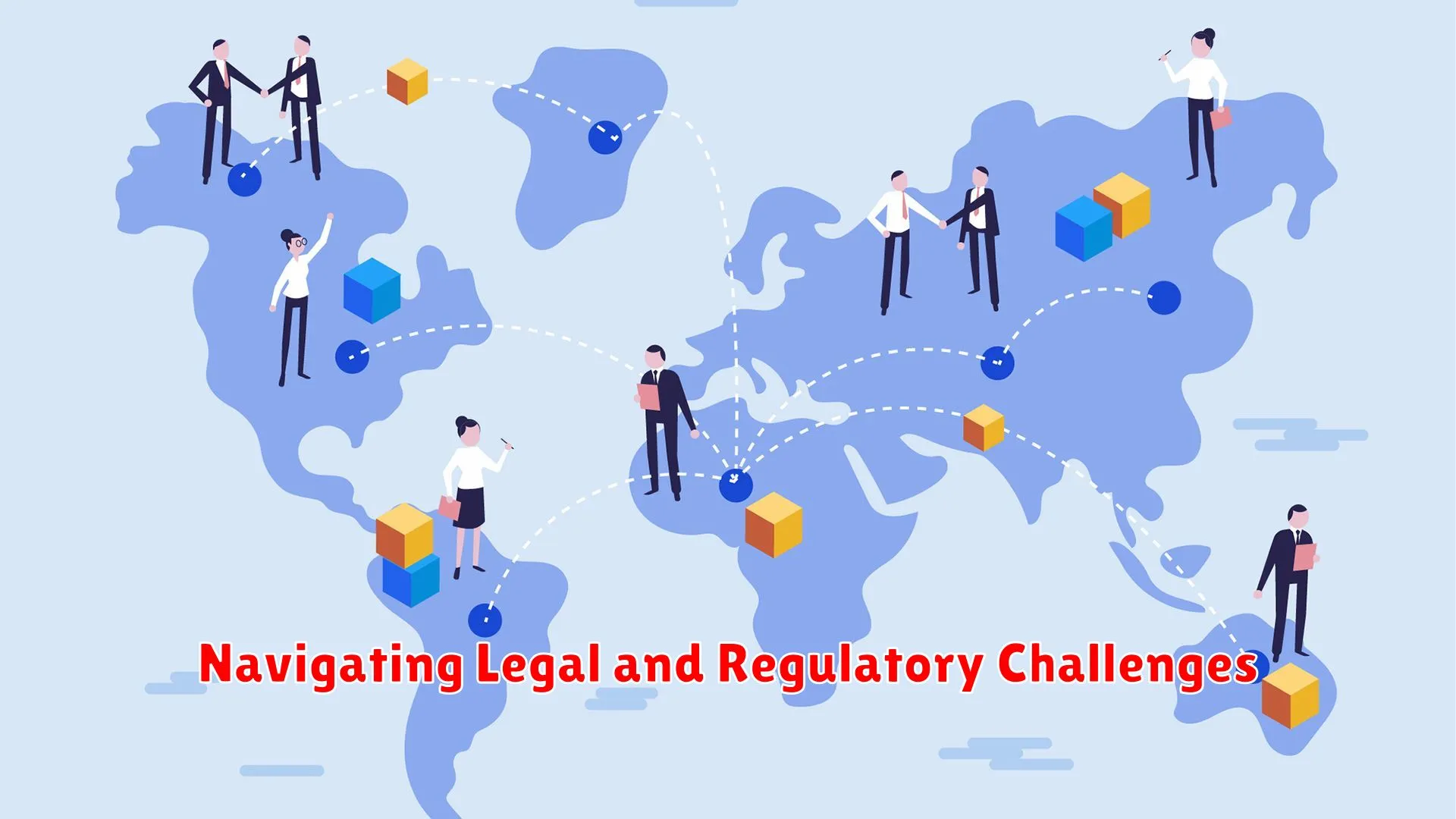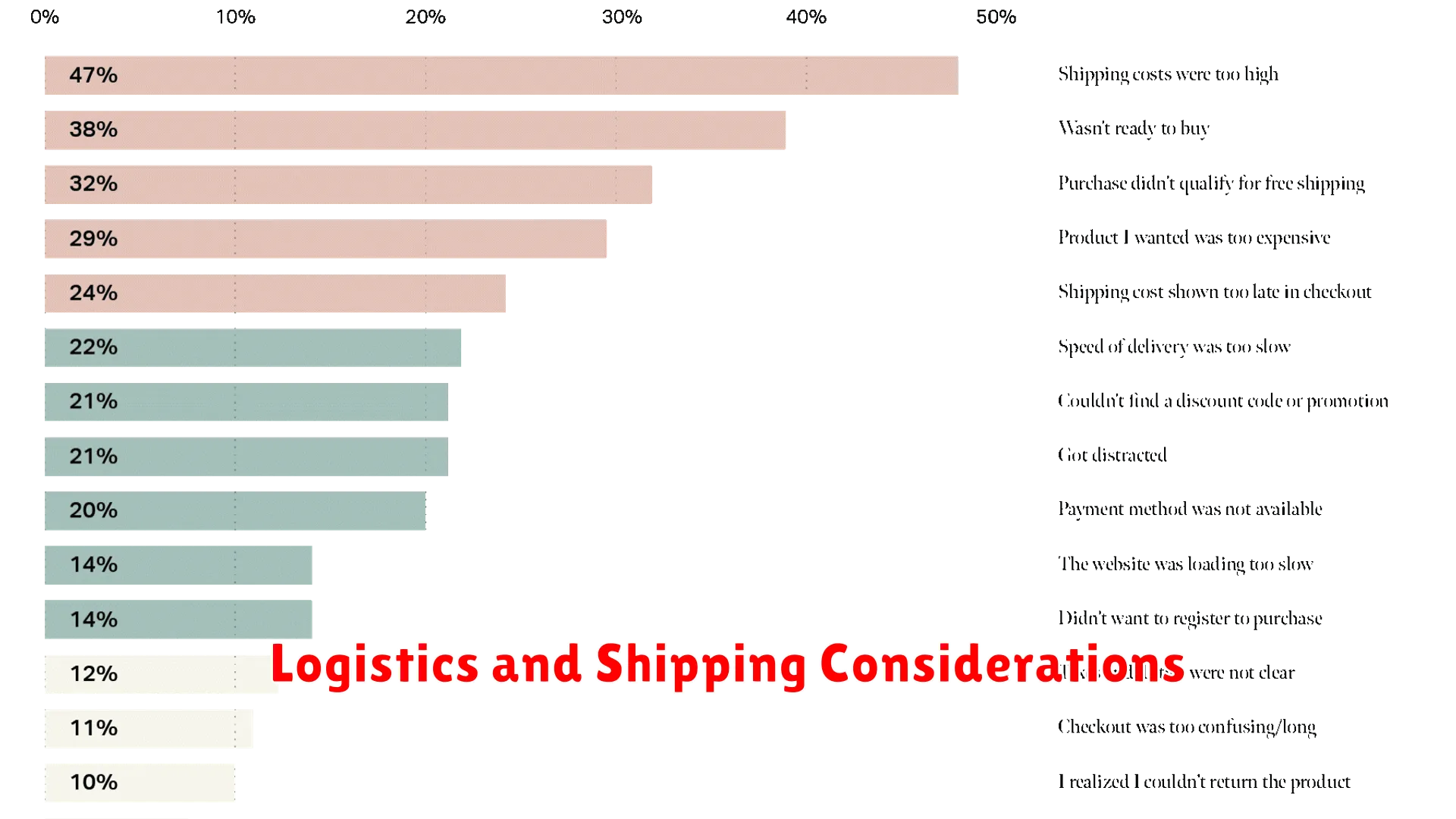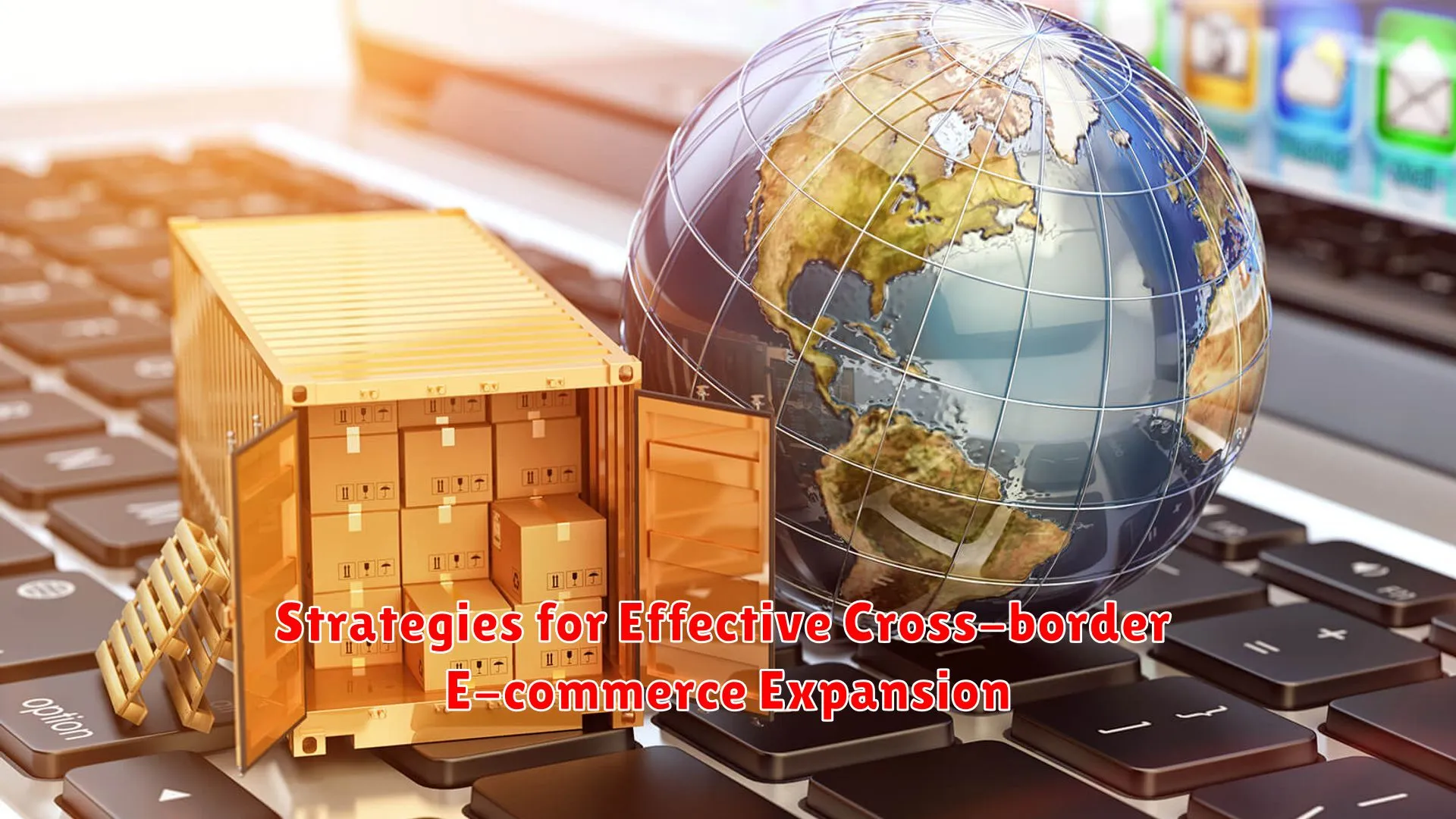In the rapidly growing world of e-commerce, expanding across borders is a key strategy for success. Discover the essential strategies for effective cross-border e-commerce expansion in this insightful article.
Assessing Market Potential for International Expansion

Before embarking on cross-border e-commerce expansion, it is crucial for businesses to assess the market potential of the target countries. Conducting a comprehensive market analysis can provide valuable insights into the opportunities and challenges that may arise during the expansion process.
1. Market Research: Begin by conducting thorough market research to understand the demand for your products or services in the target market. Identify key competitors, consumer behavior, regulatory requirements, and cultural nuances that may impact your expansion strategy.
2. Economic Indicators: Evaluate the economic indicators of the target market, such as GDP growth, inflation rates, and consumer spending. This analysis can help determine the purchasing power of the local population and the overall economic stability of the country.
3. Logistics and Infrastructure: Assess the logistics infrastructure of the target country, including transportation networks, customs procedures, and warehousing facilities. Efficient logistics are essential for timely delivery of goods and maintaining customer satisfaction.
4. E-commerce Readiness: Evaluate the e-commerce landscape of the target market, including internet penetration, online payment methods, and digital marketing channels. Ensure that the technological infrastructure is conducive to supporting your e-commerce operations.
5. Regulatory Environment: Understand the regulatory environment of the target country, including trade regulations, data privacy laws, and taxation policies. Compliance with local regulations is essential to avoid legal issues and ensure a smooth expansion process.
By diligently assessing the market potential for international expansion, businesses can make informed decisions and develop effective strategies to navigate the complexities of cross-border e-commerce.

When expanding cross-border e-commerce operations, businesses must be prepared to address a variety of legal and regulatory challenges. These challenges can vary depending on the countries involved and the nature of the products or services being offered. Here are some key strategies to effectively navigate these hurdles:
1. Compliance with Laws and Regulations
Ensuring compliance with the laws and regulations of each country is crucial for a successful cross-border e-commerce expansion. This includes understanding consumer protection laws, data privacy regulations, customs duties, and taxation requirements.
2. Establishing Clear Terms and Conditions
Creating clear and transparent terms and conditions for international customers is essential to protect the business’s interests and mitigate any potential disputes. Addressing issues such as shipping terms, returns, and warranties can help build trust with customers.
3. Intellectual Property Protection
Protecting intellectual property rights is paramount in cross-border e-commerce expansion. Registering trademarks, patents, and copyrights in target markets can safeguard the business’s unique offerings and prevent infringement issues.
4. Partnering with Local Experts
Collaborating with legal advisors, consultants, or local partners who have in-depth knowledge of the legal and regulatory landscape in the target markets can provide valuable insights and help navigate complex compliance requirements.
5. Monitoring Regulatory Changes
Staying informed about regulatory updates and changes in the countries where the business operates is crucial to adapt quickly and ensure ongoing compliance. Regularly reviewing legal developments can help mitigate risks and seize new opportunities.
Adapting to Cultural and Language Differences

When expanding cross-border e-commerce operations, one crucial aspect to consider is adapting to cultural and language differences. These differences can significantly impact the success of your e-commerce business in new markets. Here are some key strategies to help you navigate these challenges:
Cultural Sensitivity:
Understanding the cultural nuances and preferences of your target market is essential. Research the local customs, traditions, and social norms to ensure that your e-commerce offerings are culturally appropriate. This can include adapting marketing strategies, product designs, and even website content to resonate with the local audience.
Language Localization:
Effective communication is critical in cross-border e-commerce. Invest in language localization to provide a seamless user experience for customers in different regions. Translate your website, product descriptions, and customer service channels into the local language to build trust and credibility with international buyers.
Customer Support:
Provide multilingual customer support to address queries and concerns from diverse customer segments. Having representatives who can communicate in the customers’ native language can enhance satisfaction levels and foster long-term relationships. Offering support through various channels such as live chat, email, and phone can also improve customer engagement.
Adaptability and Flexibility:
Stay agile and flexible in your approach to meet the evolving needs of different markets. Be prepared to make adjustments to your e-commerce strategies based on customer feedback and market trends. Embrace a mindset of continuous improvement and innovation to stay competitive in the global marketplace.
Collaboration and Partnerships:
Forge strategic partnerships with local businesses or influencers to gain insights into the market and access a wider customer base. Collaborating with individuals or organizations who understand the local culture and consumer behavior can help you tailor your e-commerce expansion efforts more effectively.
By proactively addressing cultural and language differences, you can enhance the relevance and appeal of your e-commerce offerings in diverse markets, ultimately driving business growth and expansion.
Logistics and Shipping Considerations

When expanding cross-border e-commerce operations, logistics and shipping considerations play a crucial role in the success of the venture. To ensure a seamless process, several key factors need to be addressed:
1. International Shipping Regulations
Understanding and complying with international shipping regulations is essential to avoid delays and complications. Different countries have varying customs and import regulations that must be adhered to for smooth shipments. Partnering with experienced shipping companies can help navigate these complexities.
2. Efficient Supply Chain Management
An efficient supply chain is vital for cross-border e-commerce success. Streamlining processes, optimizing inventory management, and establishing reliable suppliers can reduce lead times and improve customer satisfaction. Implementing a robust supply chain management system is key.
3. Shipping Costs and Delivery Times
Factors such as shipping costs and delivery times directly impact customer experience. Offering competitive shipping rates and providing accurate delivery estimates can enhance customer trust and loyalty. Finding the right balance between cost and speed is essential.
4. Returns and Exchanges Process
Efficient handling of returns and exchanges is crucial for customer satisfaction. Establishing clear policies and procedures for cross-border returns can help mitigate risks and improve the overall shopping experience. Providing seamless return options can boost customer confidence.
Building a Global Brand Presence

Establishing a strong global brand presence is crucial for the success of cross-border e-commerce expansion. To achieve this, businesses need to implement various strategies that resonate with international audiences and adapt to different markets.
Craft a Consistent Brand Identity
Creating a consistent brand identity across all platforms and channels is essential for building a recognizable presence worldwide. This includes maintaining cohesive branding elements such as logos, color schemes, and messaging that appeal to diverse cultural backgrounds.
Localized Marketing Campaigns
Developing localized marketing campaigns tailored to the preferences and behaviors of each target market can significantly enhance brand visibility and engagement. This involves understanding local consumer trends, language nuances, and cultural sensitivities to effectively connect with the audience.
Strategic Partnerships and Collaborations
Forming strategic partnerships and collaborations with established brands or influencers in foreign markets can help expand brand reach and credibility. Leveraging the existing reputation and customer base of partners can accelerate brand recognition and foster trust among new audiences.
Optimized Website for International Audiences
Having an optimized website that caters to the needs and preferences of international audiences is paramount for a successful global brand presence. This includes providing multilingual support, localized content, and seamless payment options to enhance user experience and drive conversions.
Engage with Customers Across Different Channels
Engaging with customers across different channels such as social media, email marketing, and live chat enables brands to establish a more personal connection with their global audience. Responding promptly to inquiries and feedback demonstrates a commitment to customer satisfaction and strengthens brand loyalty.
Conclusion
Effective cross-border e-commerce expansion requires strategic partnerships, localized marketing, and streamlined logistics for success in a global market.

